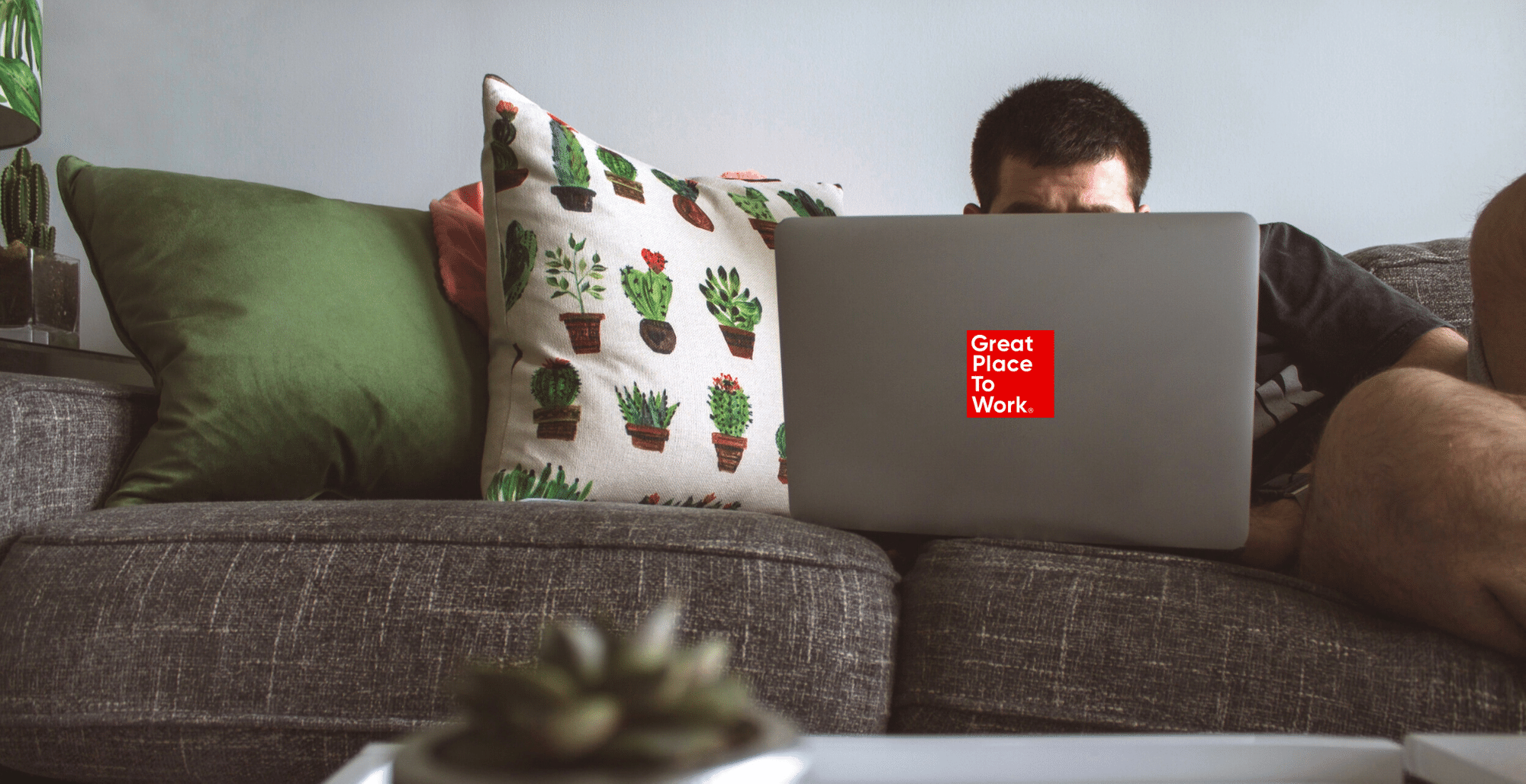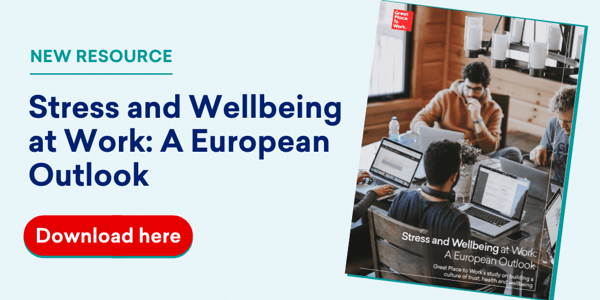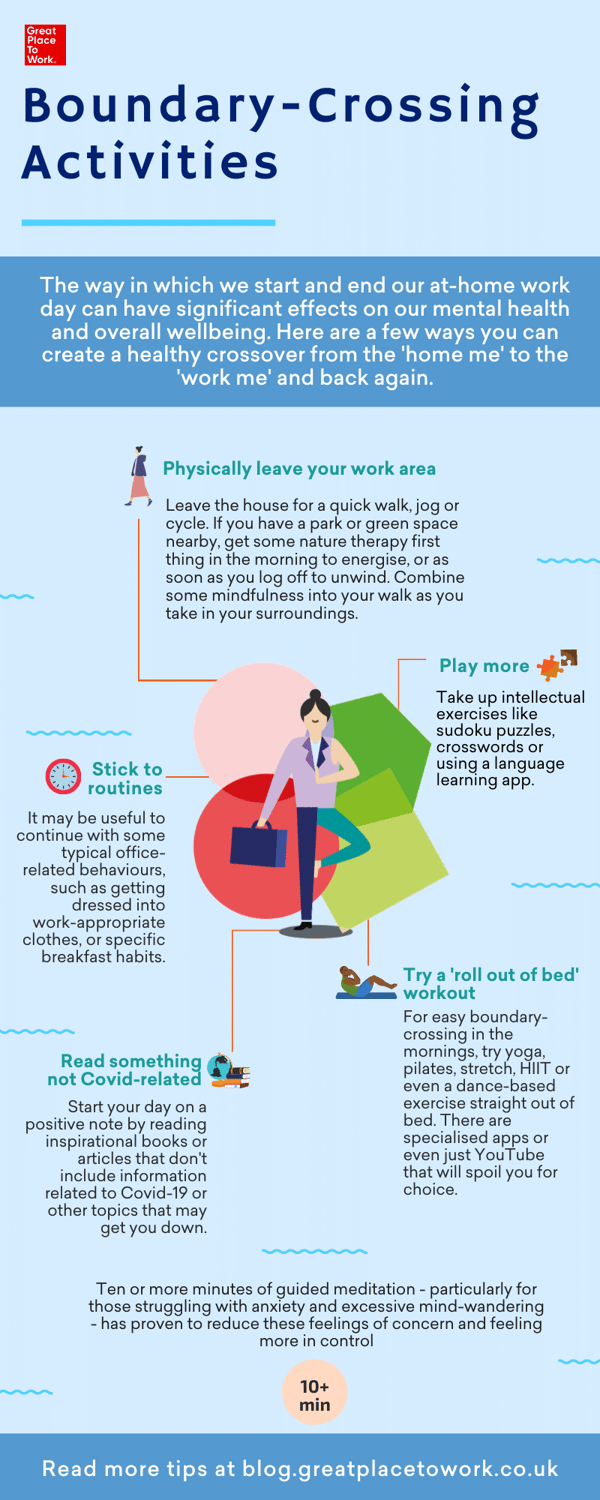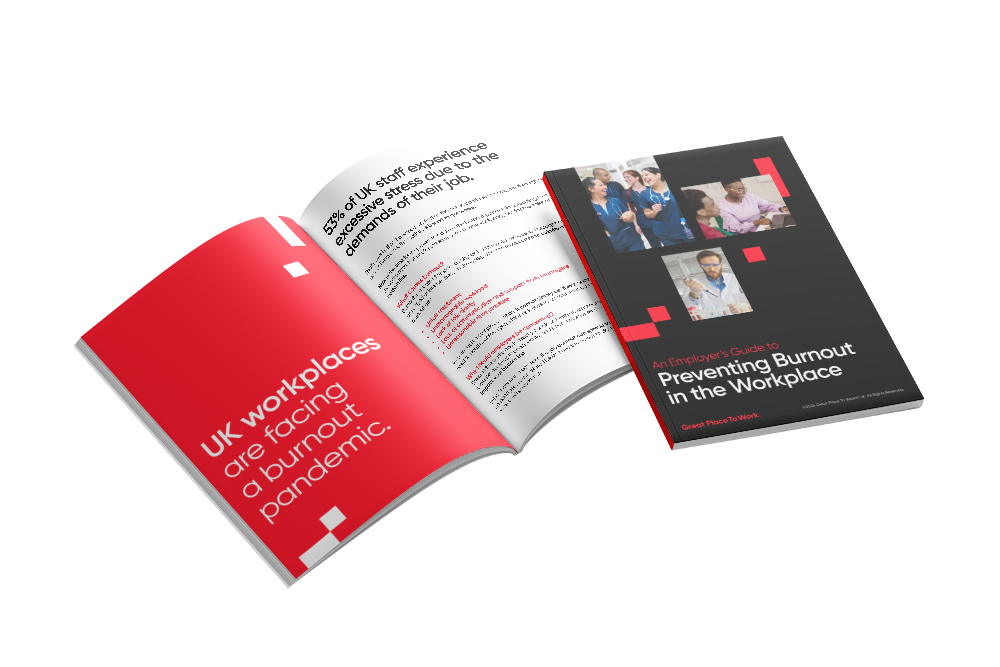Knowing how to effectively ‘switch on’ at the start of your day – and then 'switch off' at the end of it – can have significant benefits for your personal wellbeing, work-life balance and relationships with others.
By now, those of us still working from home will have experienced various degrees of difficulty trying to separate the ‘work me’ from the ‘home me’. Being unable to commute to and from the office during lockdown has meant we cannot physically leave our workplace, creating a need to find new ways of psychologically ‘switching off’. While you may not have any dependents, other teammates could be dealing with the added pressure of childcare and other caring responsibilities which undoubtedly complicate their situation even further. So how do we shift our mindset to sustain work-life balance when work is literally always at home?
1. Practice boundary-crossing at home
Boundary-crossing (Ashforth et. al., 2000) has to do with the different identities we assume when engaged in our work life vs. our personal life. More specifically, switching between these identities at the start and close of play.
Let’s consider a typical morning commute which is one routine that most of us used to experience daily: getting up early, changing clothes, brushing our teeth and starting our journey towards the office. For London-based employees, this commute alone could last an hour or more. And while not many of us would admit to missing the hour spent dodging platform crowds and praying for no signal failures – or getting stuck in traffic – the commute itself actually played an integral role in getting our brains psychologically prepared to transition from being at home to beginning the workday.
Similarly in the afternoons or evenings, boundary crossing helped us shake away the stresses of the day by navigating a physical distance between our office and home.
These literal transitions from ‘home me’ to ‘work me’ and back again may not come as naturally to us without this distance or a physical commute. But they do present a major opportunity that all of us working remotely could be taking advantage of – without the need to commute, you can select or design your own boundary-crossing activities. And these can be much more conducive to your sense of wellbeing and thriving than a crammed tube journey.
2. Stick to healthy habits and routines
As humans, we find happiness and comfort in daily routines. When we strategically manage our working times and environment, it’s easier to create the invisible boundaries needed to separate work from home.
Timewise, it’s important to find a schedule that works for you and strikes a balance between your work and non-work responsibilities. For example, a working parent may choose to be online and available from 09:00-13:00, and then again from 15:00-18:30, so that the family can spend more quality time outdoors in between home schooling. For someone else (with or without caring responsibilities) a typical 09:00-17:30 workday with only one hour-long break at noon may work better.
Alternatively, continuing your ‘day’ in the evening once the kids are asleep can complement an earlier end time (such as a 07:00-15:30 schedule which picks up again around 19:00). The level of flexibility can apply to all of us, not just working parents. Feel like your manager may need convincing? Try suggesting a trial period of a few weeks to reassure them that the schedule you’ve chosen will best allow you to deliver on business outcomes for as long as you need to work from home.
3. Implement situation support
No matter which timetable you choose for your workday, once you’ve decided on your ‘switch-off’ time, stick to it – unless an ad hoc urgent task requires your attention there and then.
Beyond merely shutting down your laptop completely, it's equally important to ensure any mobile work-related notifications are turned off. These simple ‘pings’ can instantly trigger feelings of stress and violate the calm of non-work spaces in your home. Even simply thinking about work tasks or concerns encourages an ‘always on’ mindset that can cause poor quality of sleep, a more anxious mood and, in the worst case, can lead to burnout. One of our own employees shared that they went as far as completely uninstalling their mobile email app to safeguard daily work-life balance – and it’s working!
In addition to designing your at-home workspace to fulfill ergonomic requirements (such as correct posture, decreased eye strain, adequate lighting, etc.), there are other small ‘situation support’ tricks you can implement to maximise your concentration and effectiveness. These include:
- Decluttering your space at the end of each day to be free from distractions the next morning;
- Have a specific instrumental work playlist that is only listened to during your designated working hours;
- Choose a ‘weekday mug’ as opposed to a ‘weekend’ one
- If your dining table is your workspace, sit at a different spot while working than you do for meals;
- Get dressed in the mornings, wearing different clothing items (casual or not) than the ones usually worn at home;
- At the end of play, turn off your work laptop and then put it out of sight until you need it the next day.
All of these associative details can help your brain to reinforce the distinction between home and work – which becomes all the more important if your working and leisure areas are in the same location. The good news is that with some creativity, planning and discipline, we can all engineer this relatively easily.
Integrating boundary-crossing activities during the week is easier that you may think - and will noticeably improve your work-life balance. It just takes a bit of intentional and sustained effort to get these enhanced routines to become a natural part of your everyday life. So what boundary-crossing activity will you commit to?
Read more blogs sharing key insights for helping employees thrive while working from home:
Great Place to Work® specialises in helping organisations build impactful workplace cultures. We are here to help support our clients during this period of uncertainty due to Covid-19. If you are a client, please reach out to your Account Manager who can share the tools we have in place to enable workplaces to measure and understand their current employee sentiments. If you are not a current client, stay tuned to our blog posts, Twitter and LinkedIn for people practices, advice and thought leadership on how best to navigate this unprecedented time.















